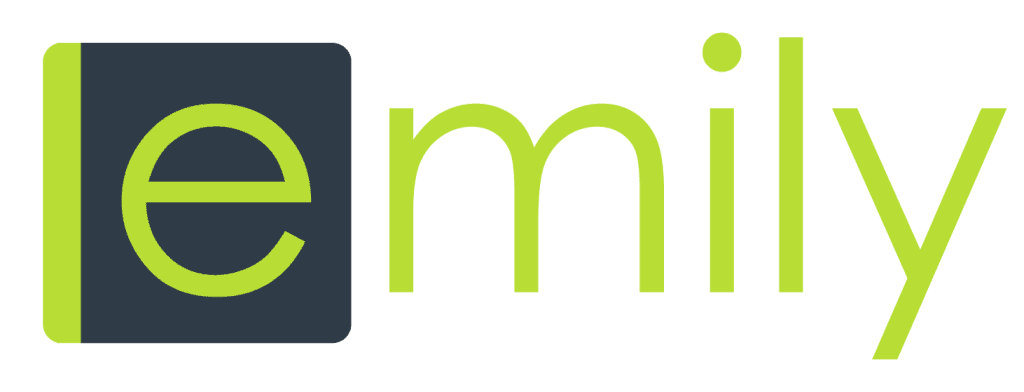In the world of aesthetic medicine, the use of neuromodulators such as Botox, Dysport, Nuceiva, and Xeomin has become increasingly prevalent. These toxins, derived from Botulinum toxin, are used to reduce the appearance of wrinkles, fine lines, and other signs of aging, offering patients a non-surgical solution to enhance their appearance. However, the effectiveness of these treatments is not merely a matter of injection; it requires a deep understanding of the distinct properties and applications of each toxin. This blog post aims to elucidate the importance of differentiating between these toxins in an aesthetic practice.

The Basics of Botulinum Toxin
Botulinum toxin is a neurotoxic protein produced by the bacterium Clostridium botulinum. In aesthetic medicine, it is used in small, controlled doses to temporarily paralyze muscles, preventing them from contracting and thus smoothing out wrinkles and fine lines. While Botox is the most widely recognized brand, other formulations like Dysport, Nuceiva (also known as Jeuveau in some markets), and Xeomin have their unique properties and advantages.
Botox: The Pioneer
Botox was the first botulinum toxin approved for cosmetic use and has since become synonymous with anti-aging treatments. It is particularly effective for treating forehead lines, crow’s feet, and glabellar lines (the frown lines between the eyebrows). Botox has a relatively quick onset of action, typically showing results within a few days, with full effects visible in two weeks. Its effects last about three to six months, depending on the individual’s metabolism and the area treated.
Dysport: The Contender
Dysport is known for its ability to spread more easily than Botox, making it an excellent choice for treating larger areas like the forehead. This can result in a more natural-looking outcome, as it avoids the risk of over-concentrated areas of paralysis. However, the broader diffusion might also increase the risk of affecting unintended muscles if not applied expertly. Dysport’s effects are often visible sooner than Botox, sometimes within 24 hours, making it a popular choice for patients seeking quick results.
Nuceiva/Xeomin: The Next Generation
Nuceiva (Jeuveau) and Xeomin are newer players in the field of neuromodulators. One of the key characteristics of Xeomin is that it is a “naked” neurotoxin, meaning it lacks complexing proteins found in Botox and Dysport. This purity potentially reduces the risk of developing resistance, a phenomenon where the body’s immune system diminishes the effectiveness of the toxin over time. Nuceiva, similar to Xeomin, offers an alternative with a slightly different formulation that may appeal to patients who have found other toxins less effective or are seeking a new option.
The Importance of Understanding Different Toxins
Each toxin has its onset time, duration of effect, and diffusion characteristics, which can significantly impact the outcome of a treatment. Aesthetic practitioners must understand these differences to tailor treatments to individual patients’ needs and desired outcomes. For instance, the choice between Botox and Dysport may come down to the area of the face being treated and the patient’s preference for onset speed. Similarly, for patients who have begun to show resistance to Botox after prolonged use, switching to a formulation like Xeomin might provide better results.
Furthermore, understanding the specific applications and limitations of each toxin allows practitioners to manage patient expectations effectively. Educating patients on the nuances of each treatment option fosters trust and ensures satisfaction with the results.
Technique and Experience
Beyond the choice of toxin, the technique of the injector plays a crucial role in achieving optimal results. Precise injection sites, correct dosages, and understanding facial anatomy are critical factors that distinguish a successful treatment from a mediocre one. Therefore, aesthetic practitioners must continually refine their skills and stay updated on the latest best practices and research in the field.
Conclusion
In the rapidly evolving field of aesthetic medicine, the use of neuromodulators like Botox, Dysport, Nuceiva, and Xeomin has offered patients innovative options for maintaining a youthful appearance without surgery. The key to leveraging these tools effectively lies in understanding their unique properties and applications. For aesthetic practitioners, this knowledge, combined with technical skill and an artistic eye, is essential to providing treatments that meet patients’ expectations and enhance their natural beauty. As the industry continues to grow, the commitment to education and excellence in the application of these toxins will remain paramount in delivering the highest standards of care.
